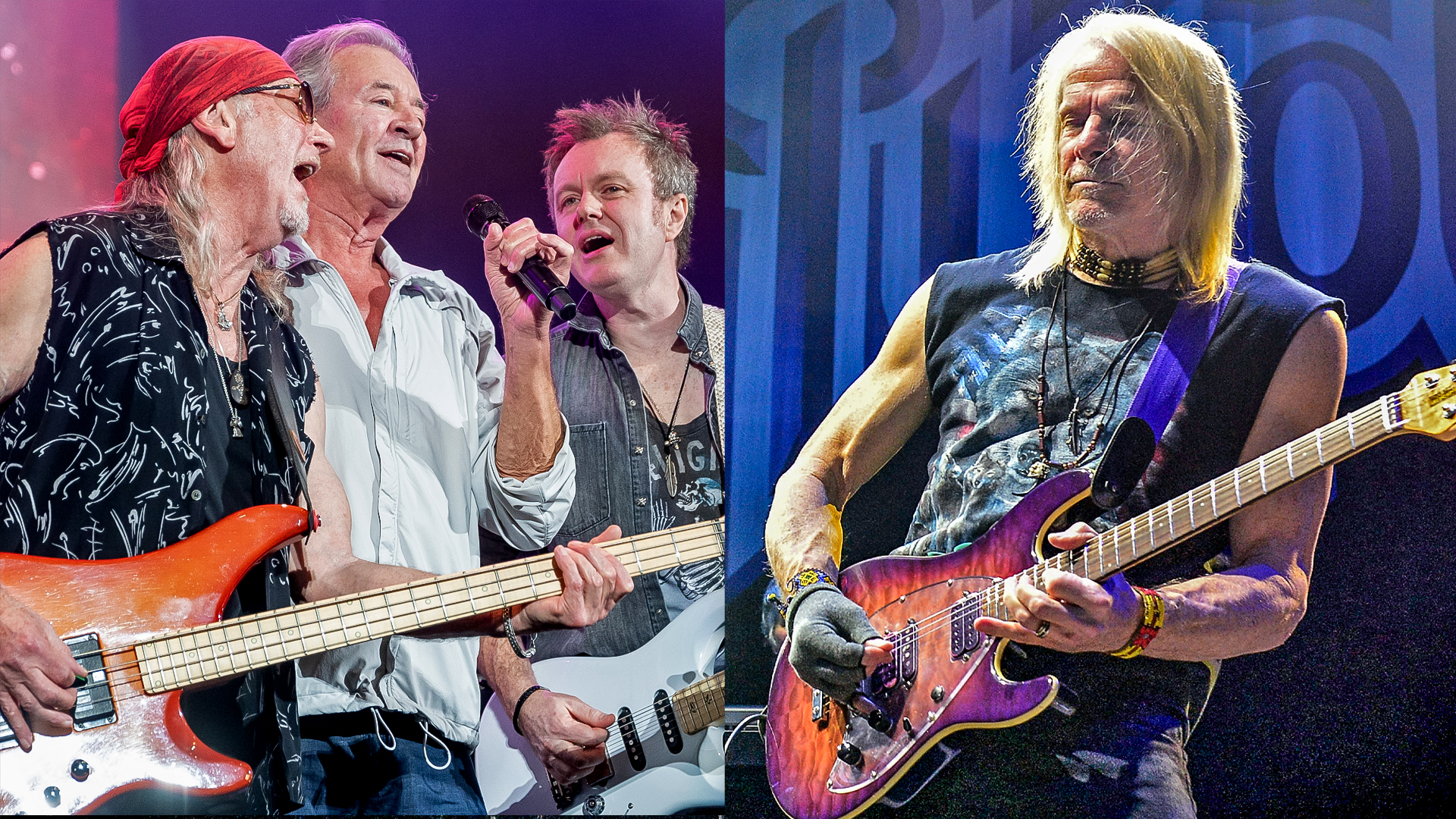“We Try to Always Make a Record That We Would Want to Listen to”: GA-20 Guitarists Matt Stubbs and Pat Faherty Show Us the Gear That Fuels Their Authentic Blues-Rock Tone
Their stripped-down approach has propelled the “Lords of Lo-Fi” to the top of the blues charts
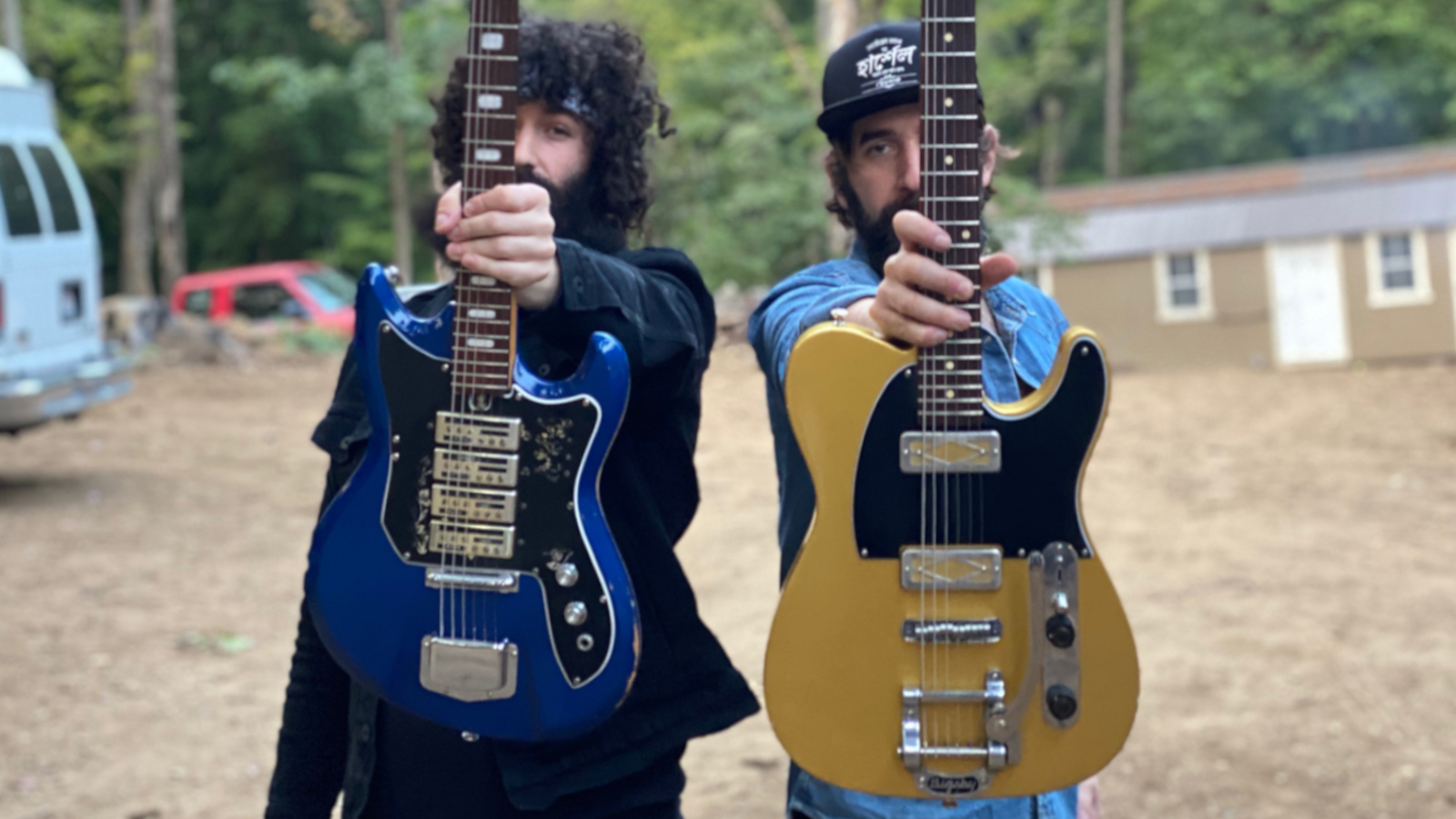
If you like your blues served raw, GA-20 will satisfy your jones. The blues rockers are a stripped-down three-piece featuring the lo-fi guitars of Matt Stubbs and Pat Faherty, and the solid drumming of Tim Carman.
They’ve made quite a noise for themselves in recent years with a pair of albums that debuted at number one on the Billboard Blues Albums chart. Their last album, 2021’s Hound Dog Taylor tribute GA-20 Does Hound Dog Taylor: Try It...You Might Like It! saw the group play in the traditional vein, and both Stubbs and Faherty have the requisite chops (Stubbs is Charlie Musselwhite’s longtime right hand).
Their latest album, Crackdown (Colemine/Karma Chief), is their third effort in a row to launch at the top of the Billboard Blues chart. On it, the trio takes a looser and more melodic approach, combining strains of blues, rock and roll, country and even some Ramones-inspired punk in a ramshackle mix that sounds both traditional and fresh.
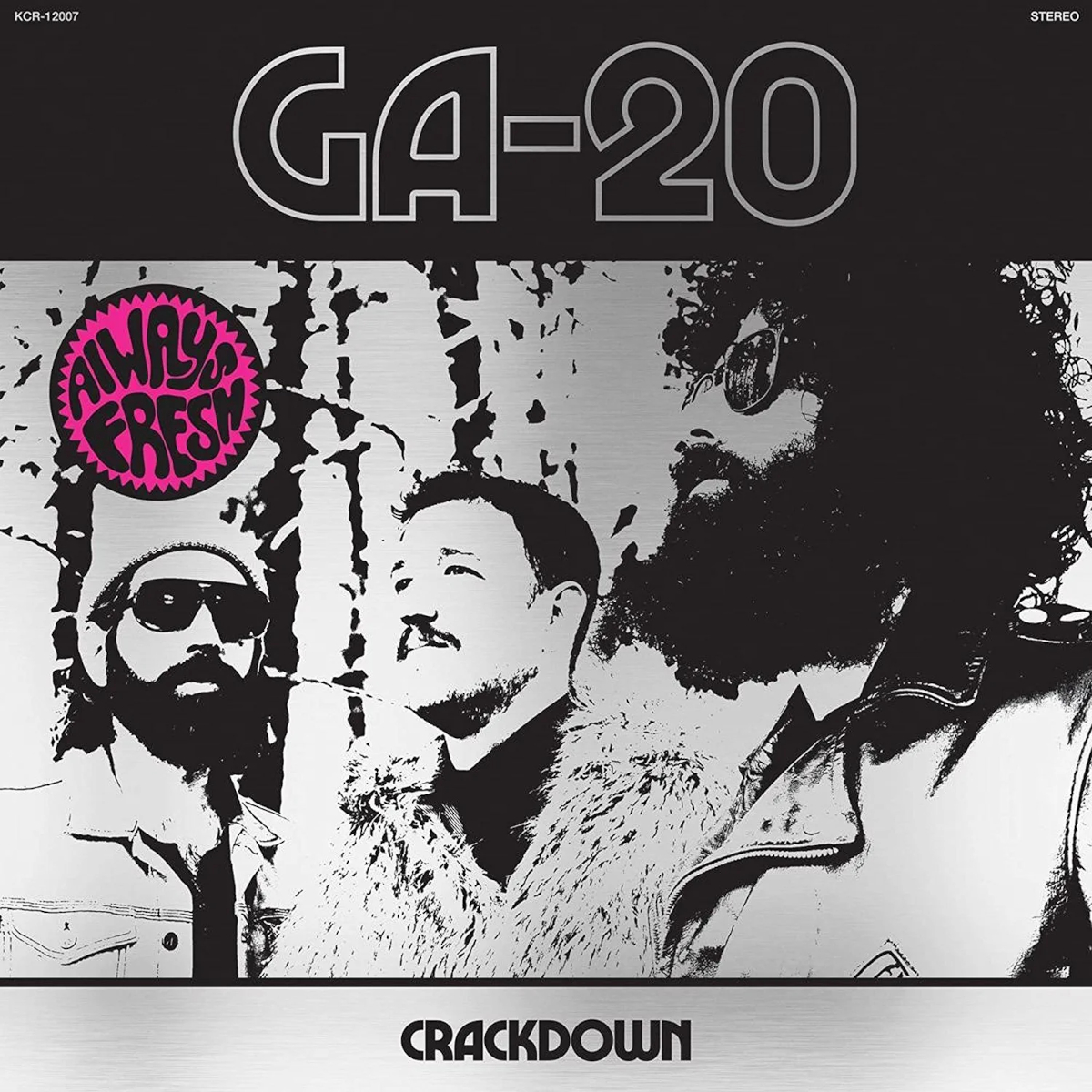
Cut live in the studio, the album’s nine original songs are instantly memorable and filled with gritty and expressive guitarwork soaked in authentic blues guitar style and tone. And they come by that tone authentically. GA-20 are huge fans of vintage gear. Consider their name, a tribute to Gibson’s 1950s tube amp.
“We didn’t really have a band name when we got our first few gigs. I think all the good band names are gone,” Stubbs says, laughing. “It was just out of necessity – we had to call the band something, and as we’re such big vintage gear nerds, it just seemed to fit.”
Stubbs and Faherty have stocked their arsenal with vintage guitars and amplifiers from Gibson, Fender, Teisco, Silvertone and other oddball brands. For our chat, they shared some of their choice pieces of gear with us and revealed its role in their raw power.
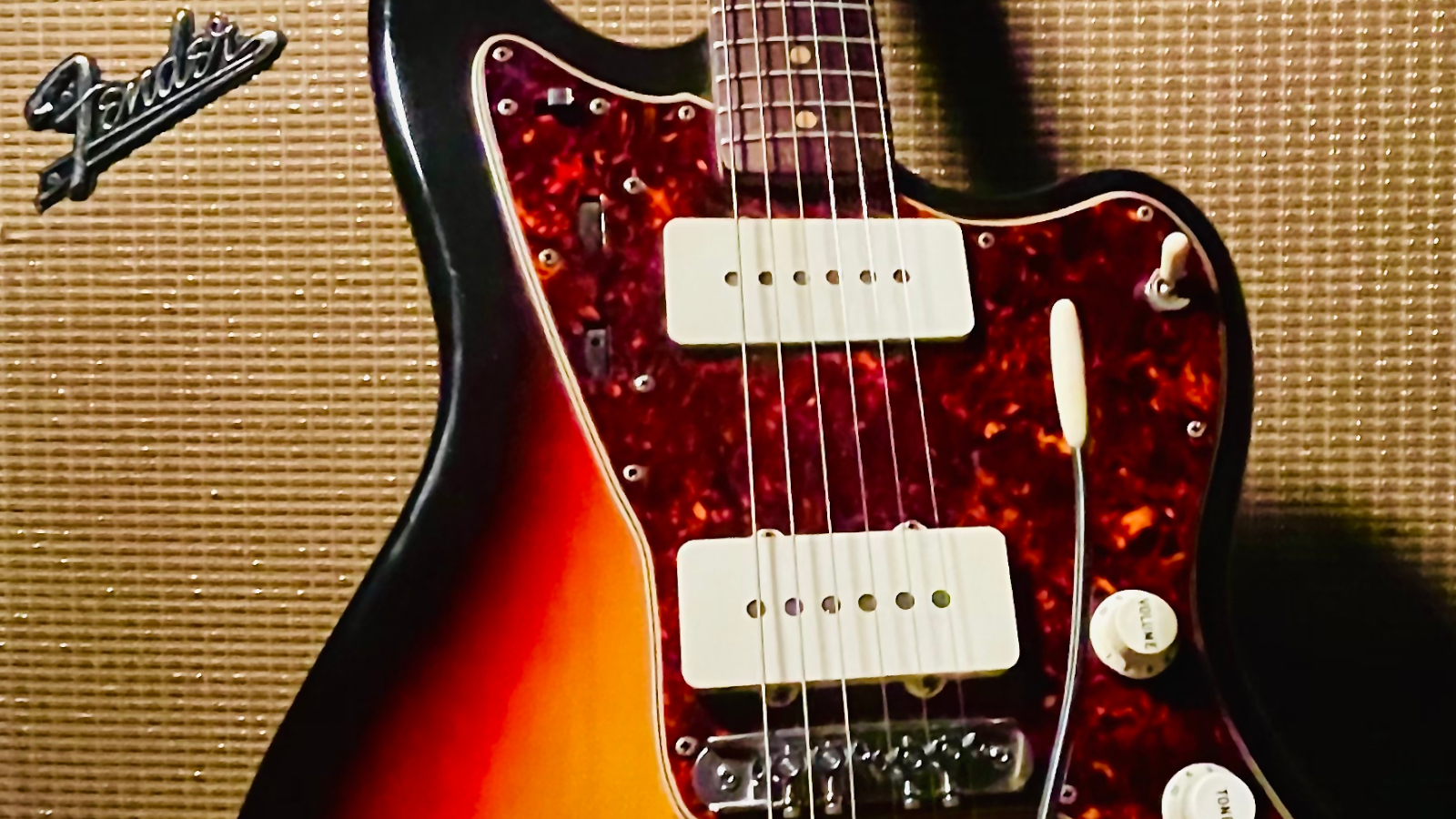
GA-20’s no-frills approach reminds me of bands like the Fabulous Thunderbirds and the Red Devils [the early ’90s offshoot of the Blasters].
All the latest guitar news, interviews, lessons, reviews, deals and more, direct to your inbox!
PAT FAHERTY Yes. I think our band started with the same source material as many other groups, which is the older blues guys. Sometimes people will get into blues through a later act, and then work backwards to the originators, but our influences were directly from the earlier records. Those are really great bands to be compared to though.
MATT STUBBS We try to always make a record that we would want to listen to. That was the goal. We actually recorded this album before our Hound Dog Taylor record, but we didn’t want to put it out while everyone was off the road since we wanted to tour in support of it.

Given that Crackdown was recorded live in the studio, how much does that streamline the tracking?
STUBBS We approach all of our records in the same way: We set up the drums and the amps in the main tracking room, with very little isolation and minimal mics, so that when it comes to time to mix, I’m only working with maybe seven or eight different tracks. It always sounds bigger to me when we do it that way. I’d say ninety-nine percent of the music for Crackdown was recorded live, with a couple of extra guitar overdubs on two songs.
What was the reason for deciding that GA-20 wouldn’t have a bass player?
STUBBS I really wanted us to keep our band very simple. There were a lot of records by artists that I loved that didn’t have a bass player – Jimmy Reed, Little Walter, Hound Dog Taylor. I liked the simplicity of it just being me and Pat and a drummer. Also, while we were doing this band for fun, we wanted to try to make a little money. My job playing with Charlie Musselwhite was on hold for a year, so we wanted to keep the band more compact and help make things more economical.
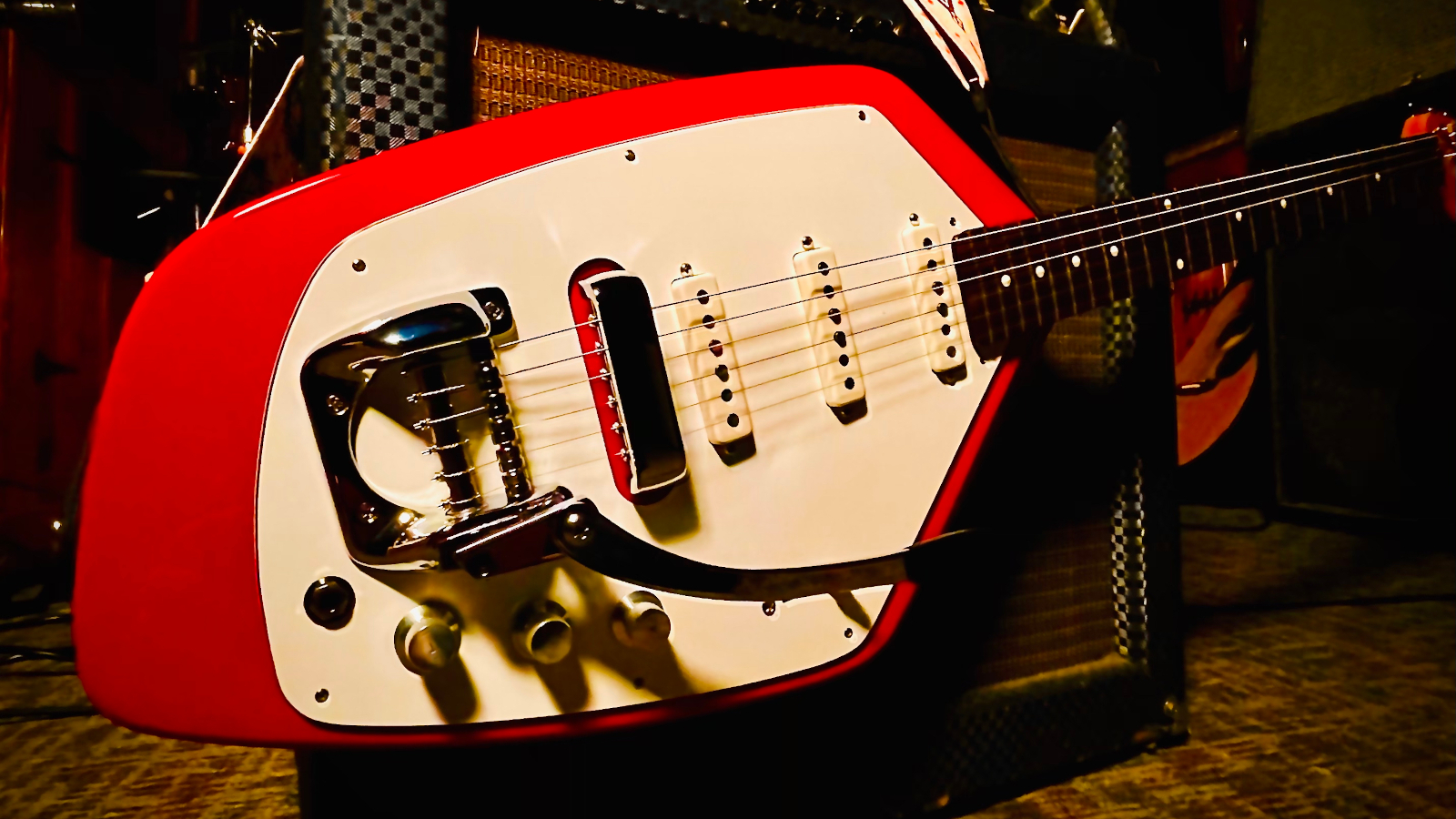
There is so much depth in the sound of your two guitars that you don’t even notice the absence of a bass.
FAHERTY We’ve never had the conversation about adding a bass player really. We’ve never had a problem generating sufficient low-end to make it something that we feel we need.
STUBBS We spend a lot of time in pre-production figuring out what guitars and amps we’re going to use, and even the drum tuning. I find that when you set up everything in one room and let all the instruments bleed into each other, it creates what I call “fat air.” It also makes it pretty easy to mix the music as everything becomes a part of that overall fat sound. The bass guitar seems to be there anyway because of the chemistry between the instruments.
I’ve noticed, from watching a lot of your live material on YouTube, that the kick drum often almost functions as a bass in the way it blends with the band.
STUBBS Absolutely. And when we have our own gear with us, Tim for the most part uses a 24-inch kick drum, which gives more low end. The way that he tunes it, with a very open sound, really adds to the tone and helps us cover a broad spectrum.
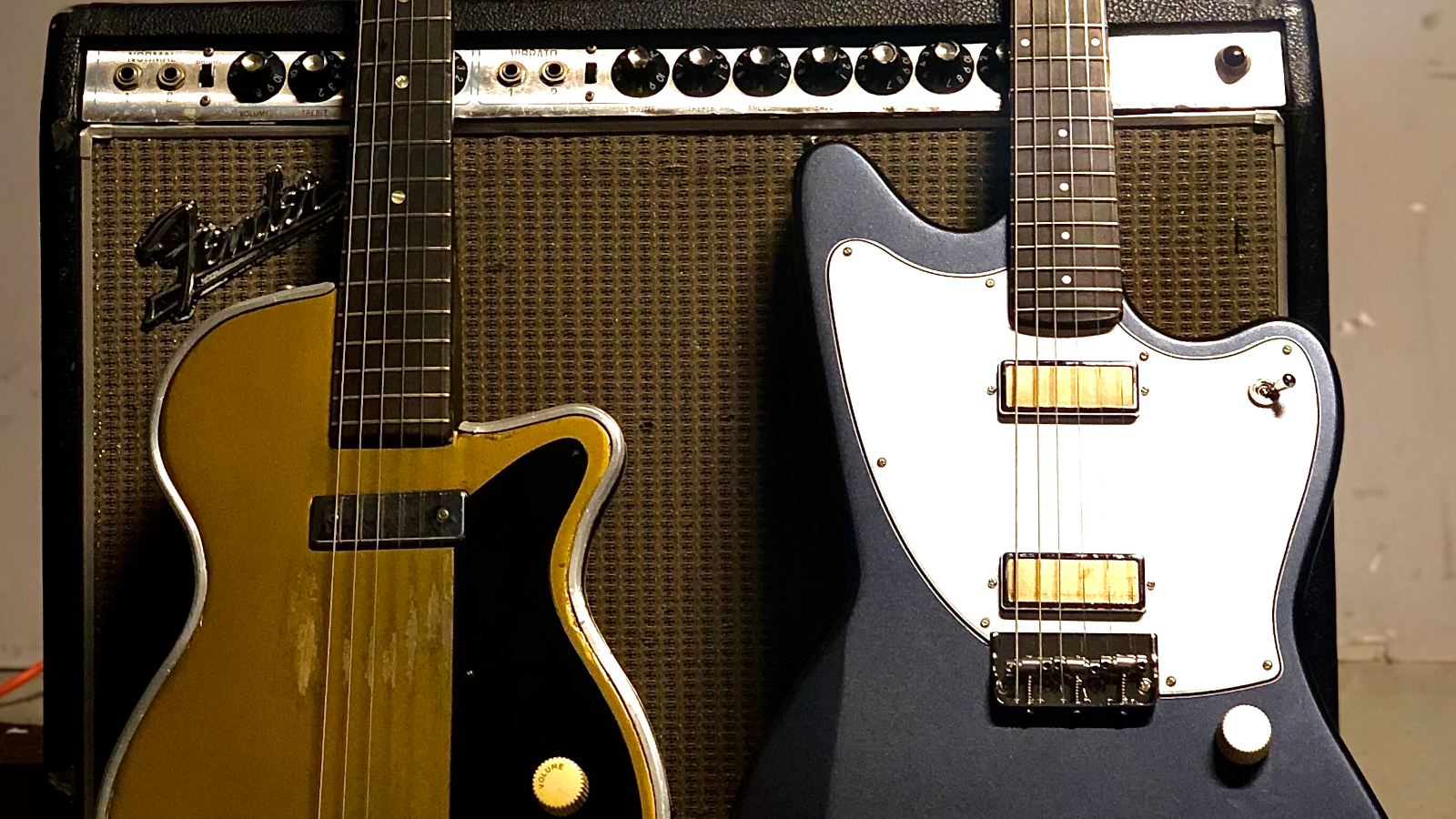
You both use a lot of vintage gear, including guitars and amps from a lot of lesser-known manufacturers. What’s the appeal for you?
FAHERTY I think what is interesting about old guitars is that the materials that they are made from is often quite different from what would be used today. There are certain woods that can’t be used anymore, and there are also very often variations between guitars that are supposed to be exactly the same, because there didn’t seem to be the same mass-produced standardization back then.
There will even be differences in wiring and electrical components. As a good example, I have two of the exact same Teisco Kingston guitars, yet they sound completely different from each other, even though they would appear to have all the same parts and pickups. It’s never old gear for the sake of old, though.
STUBBS I’ve been buying and collecting vintage guitars and amps since I was 16, so it’s been a long time now. It just happened to be the case, when we started GA-20, that I was using an old Harmony hollowbody guitar from 1954. We were playing small clubs with small amps, and those hollow Harmonys with the gold-foil pickups were real fat sounding and filled a lot of low end.
I have a lot of Harmonys and Silvertones, and Pat has Teiscos. I also collect vintage Fenders and Gibsons, but at this point it can be pretty hard to find them at a realistic price.
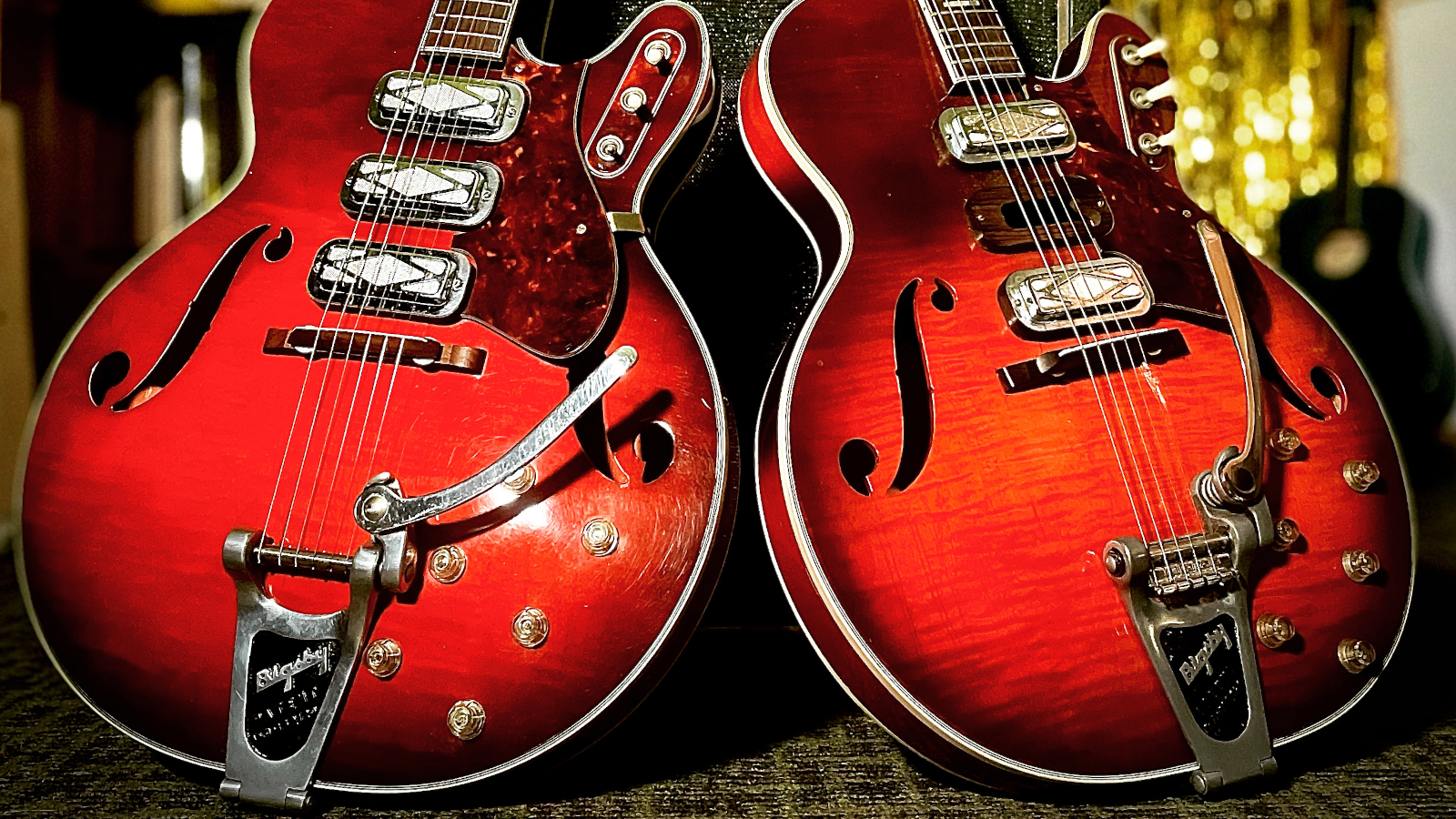
Is it problematic to take older gear on the road in terms of reliability?
FAHERTY Oh yeah. [laughs] When we got to Spain on a tour, two of the toggle switches on my Teisco had snapped off. I hope we never ever have to check our guitars in on an airline, that’s for sure. So much can go wrong. When we were going to Europe, one airline wanted to send our guitars out on a different flight from us.
STUBBS We always bring a back-up amp for each of us, and when we’re onstage, we’re always plugged into two amps: One will be for a cleaner fatter tone, and the other will be for the more cranked-up sounds.
As far as guitars go, I like to mix things up and take some newer guitars on the road along with the vintage instruments. I do have one particular guitar that I had built by Waterslide Guitars out of L.A. It’s in the Coodercaster style, like a Telecaster, with gold-foil pickups and a Bigsby.

How do you divide up your guitar parts?
STUBBS For the first album, Lonely Soul, and Crackdown, I played more solos than Pat, because he’s doing most of the singing. For the Hound Dog Taylor album, Pat was playing most of the solos because he plays slide a lot better than I do. I played all the bottom parts.
Do you need heavier string gauges to keep the older guitars in tune?
STUBBS I use .011s on everything, which I guess feel medium to me.
FAHERTY I use .012s for slide, where I will tune to open E or C#, and .011s for everything else.

Through your music, you’ve introduced people to a lot of great older blues musicians who don’t always get the recognition they deserve. Are you surprised by how positive the response has been from your fans?
I hope we are introducing some older names to people who might not know them. That idea has definitely been in our heads when we’ve made each of our records. I grew up loving traditional blues, but I think these days a lot of people only think of blues as being the British guys like Clapton or the kind of things that they probably associate with Joe Bonamassa.
That’s all great music, but it’s a little different from the stripped-down kind of blues that Hound Dog or Lazy Lester were playing. There isn’t much of that very raw kind of blues music anymore. I guess we are flying the flag for the older guys who don’t get as much attention, so that’s got to be a good thing.
Mark is a freelance writer with particular expertise in the fields of ‘70s glam, punk, rockabilly and classic ‘50s rock and roll. He sings and plays guitar in his own musical project, Star Studded Sham, which has been described as sounding like the hits of T. Rex and Slade as played by Johnny Thunders. He had several indie hits with his band, Private Sector and has worked with a host of UK punk luminaries. Mark also presents themed radio shows for Generating Steam Heat. He has just completed his first novel, The Bulletproof Truth, and is currently working on the sequel.

